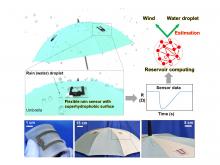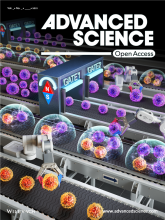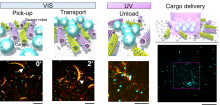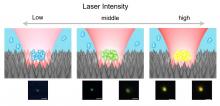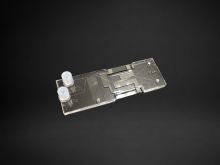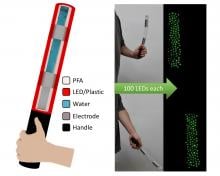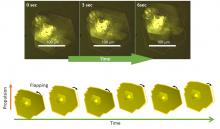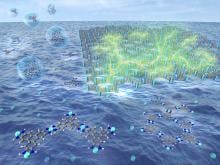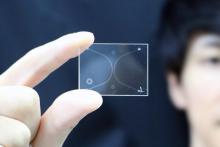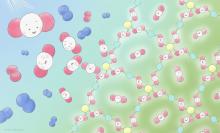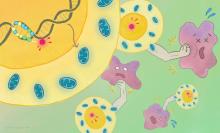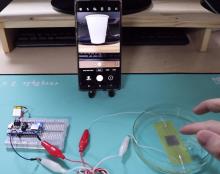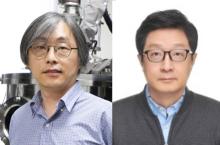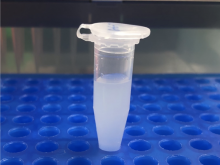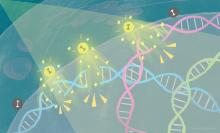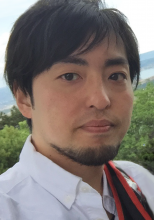Nanotech
News
13 May 2022
Molecular robots work cooperatively in swarms, LED lights made from rice husk, Muonic x-rays safely see inside samples, Making a luminescent material shine brighter and How to counter vaccine hesitancy, Read all in the May Editor's Choice and this month's Asia Research News 2022 magazine pick - Absorbing impact: Inside the Head of a Woodpecker.
03 May 2022
A new platform effectively sorts and clusters single cells according to their physical properties and could provide clues for understanding individual cell interactions.
20 Apr 2022
In a global first, scientists have demonstrated that molecular robots are able to accomplish cargo delivery by employing a strategy of swarming, achieving a transport efficiency five times greater than that of single robots.
12 Apr 2022
Researchers at The University of Tokyo used a hybrid of Monte Carlo and molecular dynamics simulations to predict the self-assembly of charged Janus particles, which may lead to biomimetic nanostructures that can assemble like proteins
28 Feb 2022
Scientists demonstrate an optical trapping technique using nanotextured black silicon that can efficiently trap polymer chains. By adjusting the laser intensity, these “optical tweezers” can control the florescence color emitted through a local concentration of a perylene-modified polymer solution. From a low intensity blue to high intensity orange, this reversible and fully remote technology can almost reach the entire RGB spectrum.
22 Feb 2022
A Japanese research team created a new way to sort living cells suspended in fluid using an all-in-one operation in a lab-on-chip that required only 30 minutes for the entire separation process.
18 Feb 2022
The compact, lightweight device generates electricity when shaken and can power 100 LEDs.
16 Dec 2021
In a study published in Nature Energy this month, researchers led by Kyoto University’s Institute for Integrated Cell-Material Sciences (iCeMS) describe how nanodiamond-reinforced composite membranes can purify hydrogen from its humid mixtures, making the hydrogen generation processes vastly more efficient and cost-effective.
15 Dec 2021
Inspired by the ‘Game of Life’ SUTD researchers are applying cellular automation to efficiently model phase change materials with multiple optical phases for next-generation photonics devices.
29 Nov 2021
Synthesized microrobots that are capable of converting their mechanical motion into a means of self-propulsion in water have been developed by scientists at Hokkaido University.
22 Nov 2021
The joint research team of Prof. Hongsoo Choi(DGIST) & Prof. Sung Won Kim(Seoul St. Mary’s Hospital), developed an hNTSC-based microrobot for minimally invasive delivery into the brain tissue via the intranasal pathway
25 Oct 2021
Spontaneous wide-area spreading of oil on water inspires a facile energy-saving route of crafting electrically conductive nanostructures for future sensor/energy devices
19 Oct 2021
When liquid meets gas, a unique zone forms. Variable by nature, molecules can cross from one state to another, combining in unique ways to either desirable or unwanted ends. From heat escaping a mug of coffee to increasing molecular concentrations in chemical solutions, gas-liquid interfaces are ubiquitous across nature and engineering. But a lack of tools capable of precisely controlling such gas-liquid interfaces limit their applications — until now.
05 Oct 2021
Researchers in Japan have found an energy-efficient way to convert the chief greenhouse gas carbon dioxide (CO2) into useful chemicals. Using the method, CO2 is transformed into structures called metal-organic frameworks (MOFs), suggesting a new and simpler route to dispose of the greenhouse gas to help tackle global warming.
05 Oct 2021
Researchers from DGIST explain how DNA is compacted to a million-times its full length in sperm cell nuclei
13 Sep 2021
iCeMS scientists and colleagues have designed a molecular code that powers up cancer-fighting immune cells.
10 Sep 2021
Magnetic patterns in meteorites, Treating mitochondrial diseases, underwater sensors and a broad COVID-19 vaccine in the September Editor's Choice. Plus, what's it like to communicate vaccine research in a pandemic and Asia Research News 2022.
01 Sep 2021
Scientists from South Korea add foreign atoms to monolayer graphene in a controlled manner to selectively enhance its desirable properties
26 Aug 2021
Prof. Jong-Soo Lee, DGIST, succeeded in developing green-emitting Cd-Free quantum dot synthesis technology with high color reproduction capability
18 Aug 2021
Scientists in Korea make hand-drawn and flexible pressure sensors that can control a phone from underwater.
12 Aug 2021
The Targeted Neuronal Network Regeneration research group from the Department of Robotics Engineering at DGIST was selected
06 Aug 2021
Researchers from the Daegu Gyeongbuk Institute of Science and Technology have developed a faster and more reliable way to print flexible digital devices.
04 Aug 2021
Combining two magnetic effects can manipulate the magnetic behaviours of a device, offering a novel opportunity for the next generation IT technologies.
30 Jul 2021
Testing a large library of compounds reveals an easy-to-make lipid that can carry genetic code into the lung to treat disease.
29 Jul 2021
Korea’s DGIST collaborates for mass production of semiconductor-based optical switches.
14 Jul 2021
Researchers have found a way to enhance radiation therapy using novel iodine nanoparticles.
07 Jul 2021
For a timely respond to the government-level strategies on K-Semiconductor development, DGIST launched the Institute of Next-generation Semiconductor convergence Technology(INST).
05 Jul 2021
Scientists used digital circuitry to manipulate and store label-free matters in order to study their unique characteristics
25 Jun 2021
Perovskite colloidal quantum dots (Pe-CQDs) are highly promising nanocrystals for optoelectronic applications. However, the size of the crystals should ideally be equal to ensure a consistent energy landscape. In a recent study, scientists clarified the relationship between differences in particle size—polydispersity—and the optoelectronic characteristics of Pe-CQDs. They showed that using equally sized, or ‘monodisperse,’ quantum dots results in markedly better performance in Pe-CQD solar cells, paving the way for future optoelectronic devices.
Events
Sorry, no events coming up for this topic.
Researchers
Nagoya University
Dr. Omachi is Associate Professor, Research Center for Materials Science, Nagoya University
Ulsan National Institute of Science and Technology (UNIST)
Prof. Kyoung- Jin Choi leads the Energy Conversion Materials Lab at Ulsan National Institute of Science and Technology (UNIST). He is also the editor of Electronic Materials Letters.
Korea Advanced Institute of Science and Technology (KAIST)
Prof. Oh is the director of the Creative Research Initiative Center for Functionally Antagonistic Nano-Engineering, and the director of the Active Materials and Dynamic Systems Lab at KAIST.
- « first
- ‹ previous
- 1
- 2
- 3
Giants in history
Sorry, no researchers coming up for this topic.


